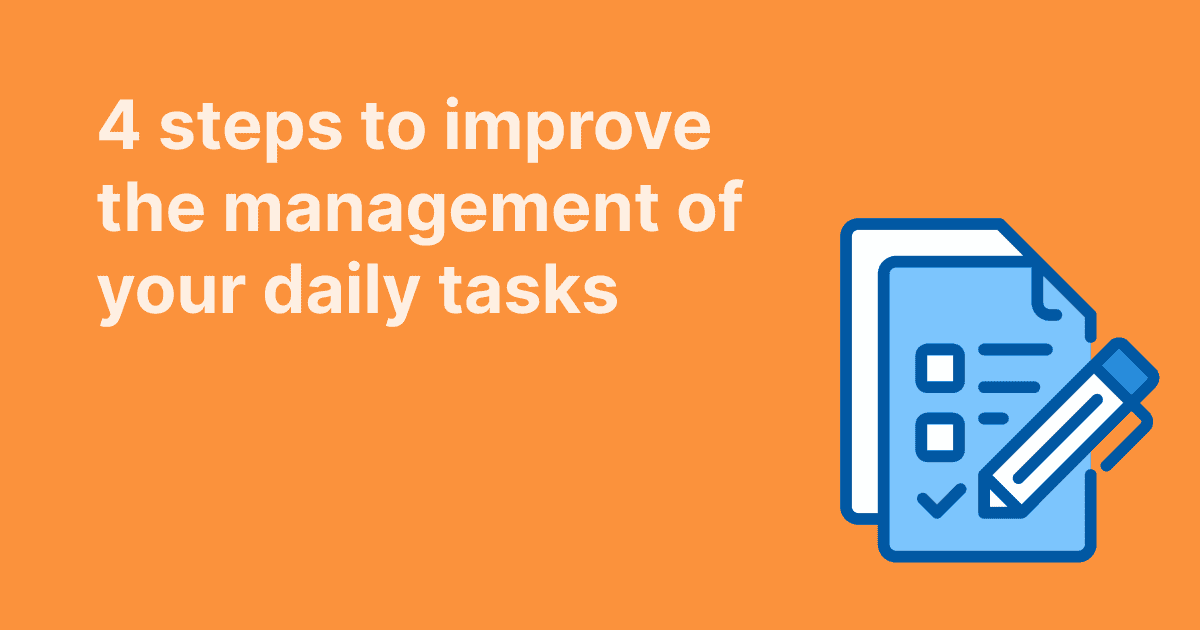What is agility?
According to Jérôme Barrand, head of the Institute of Organisational Agility in Grenoble, agility is the capacity of a company to be reactive, flexible and innovative. It must also be able to anticipate future changes in order to adapt to them. It cannot wait for the environment in which it operates to force it to do so.
To be able to face these challenges, human-sized work teams must be learning, connected and autonomous. The aim is for everyone to find their place in the team and thus have a global vision of the company's organisational systems. Also, the agile culture advocates a light but sufficient hierarchical framework. The human element as well as communication are central to the organisation1 2
SCRUM method
Different methods exist to help companies in their quest for agility. SCRUM, which originated in the IT world, but which is becoming more and more popular, is one of them and is very widespread. This iterative and adaptive method always seeks a collective optimum3
The first form of SCRUM appeared in an article by Takeuchi and Nonaka in 1986. They compare the so-called traditional approach to "a relay race" and the so-called holistic approach to "a rugby scrum" (SCRUM). "The relay race is a development process where teams of specialists pass the baton to each other once they have completed their task. In contrast, in the "rugby" approach, where specialists try to complete the task by passing the ball from back to front (as in a rugby team), the development process is totally different. 4
Indeed, the SCRUM method, officially developed by Ken Schwaber and Jeff Sutherland a few years after this first article, is based on short cycles called "sprints". These usually last between one and four weeks. Each sprint begins with a planning meeting where the team defines the goals to be achieved and the tasks to be accomplished. During the sprint, the team works independently to achieve the defined goals. Every day, the team meets for a short follow-up meeting called "Daily SCRUM". During this meeting, each team member presents what they have accomplished since the last meeting and what they plan to do during the day.
At the end of each sprint, the team meets for a retrospective, during which they evaluate their progress and look for ways to improve the development process for the next sprints.
The SCRUM method is particularly useful for projects that are subject to frequent changes or where it is difficult to plan all the details in advance. It allows for rapid delivery of high quality products, close collaboration between team members and better responsiveness to changes. 5
Unlike traditional project methods, SCRUM does not plan years in advance and present a solution only at the end of the project. The goal of SCRUM is to divide the business requirements into the smallest possible increments and thus deliver many, finished results in short intervals. In this way, it is possible to take action after each sprint should a requirement or priority change. This not only saves time and costs, but also keeps the process agile and customer-oriented.
Why WEDO is ideal for an agile company
In accordance with the above explanations, it is understood that the agile method is in fact a culture and a state of mind that must be spread throughout the company. David Preti, in his article "Doing Agile" versus "Being Agile", also shares this vision:
Agility is not defined by a set of practices, but rather by a state of mind that one cultivates. 6
WEDO presents itself as the ideal tool to cultivate this mindset and share an agile culture within the company. Indeed, thanks to WEDO, it is possible to efficiently manage the different types of meetings of the SCRUM method, but not only. The collaborative platform also allows you to be permanently connected to information and to your team members. Whether you are working from home or from the office, communication is easy. In addition, WEDO's teams and workspaces make the company more responsive and better organised. Each team member can easily consult their tasks and have a clear overview of what they have to do. This task overview can also be displayed in Kanban view, which is particularly useful for project management.
The limits of the agile method
But then why hasn't the agile method, which sounds so beneficial in theory, already found its way into all companies?
The fifteenth edition of the State of Agile report, produced by the company digital.ai, provides some answers. According to the report, the main problems identified by more than 1,380 people worldwide in the adoption and practice of agile are the following:
- Inconsistent processes and practices between teams - 46%.
- Organisational culture not aligned with agile values - 43%.
- Resistance to change from the overall organisation - 42%.
- Lack of competence/experience with agile methods - 42%.
- Insufficient leadership involvement - 41%.
- Insufficient management support and sponsorship - 40%.
The report states that the main challenges mentioned above have remained largely unchanged in recent years. 7
Interestingly, then, these problems are not new and unknown. Other articles on this topic also point out the same limitations.
In summary, it is essential for a company that wants to implement agility sustainably into its structure to consider the points mentioned above. The list is certainly not exhaustive, but it will help the company avoid certain mistakes on its way to agility. One thing is certain: agility is a real challenge, and as the saying goes, "it's worth the effort".
Sources :
Footnotes
-
BARRAND, Jérôme, 2010. L’entreprise agile : agir pour une performance durable. Paris : Dunod. Stratégies et management. ISBN 978-2-10-054346-5. 658.515. ↩
-
BARRAND, Jérôme, 2012. Le manager agile : agir autrement pour la survie des entreprises. 2e éd. Paris : Dunod. Stratégies et management. ISBN 978-2-10-057460-5. 658.401. ↩
-
SCHMITT, Christophe, 2016. De la complexité de l’action dans les organisations. ISBN 978-2-940384-36-05. ↩
-
TAKEUCHI, Hirotaka et NONAKA, Ikujiro, 1986. Stop running the relay race and take up rugby. Harvard Business Review. 1986. pp. 11. ↩
-
SCHWABER, Ken et SUTHERLAND, Jeff, 2020. The Scrum Guide
Definitive Guide to Scrum: The Rules of the Game. novembre 2020. ↩ -
PRETI, David, « Faire de l’Agilité » versus « être Agile » - Blogue Savoir Agile. [en ligne]. [Consulté le 6 décembre 2022]. Disponible à l’adresse : https://savoiragile.com/2017/02/07/faire-de-lagilite-versus-etre-agile/ ↩
-
DIGITAL.AI, 2021. 15th Annual State Of Agile Report. 2021. ↩



